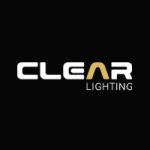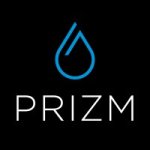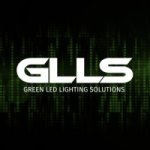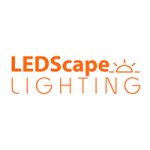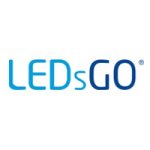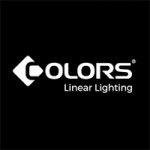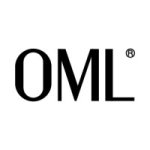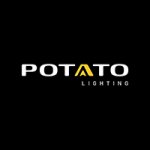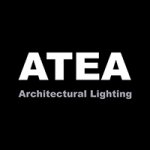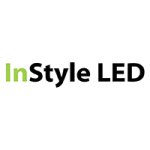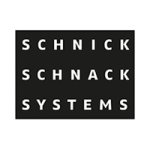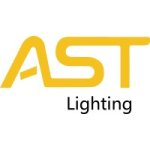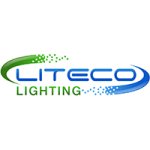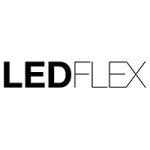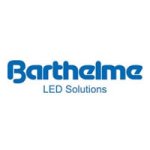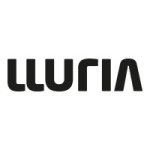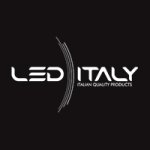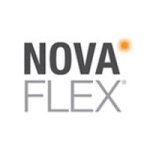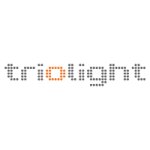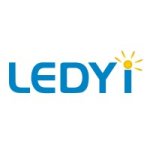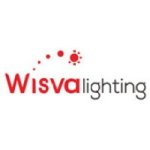Table of Contents Hide
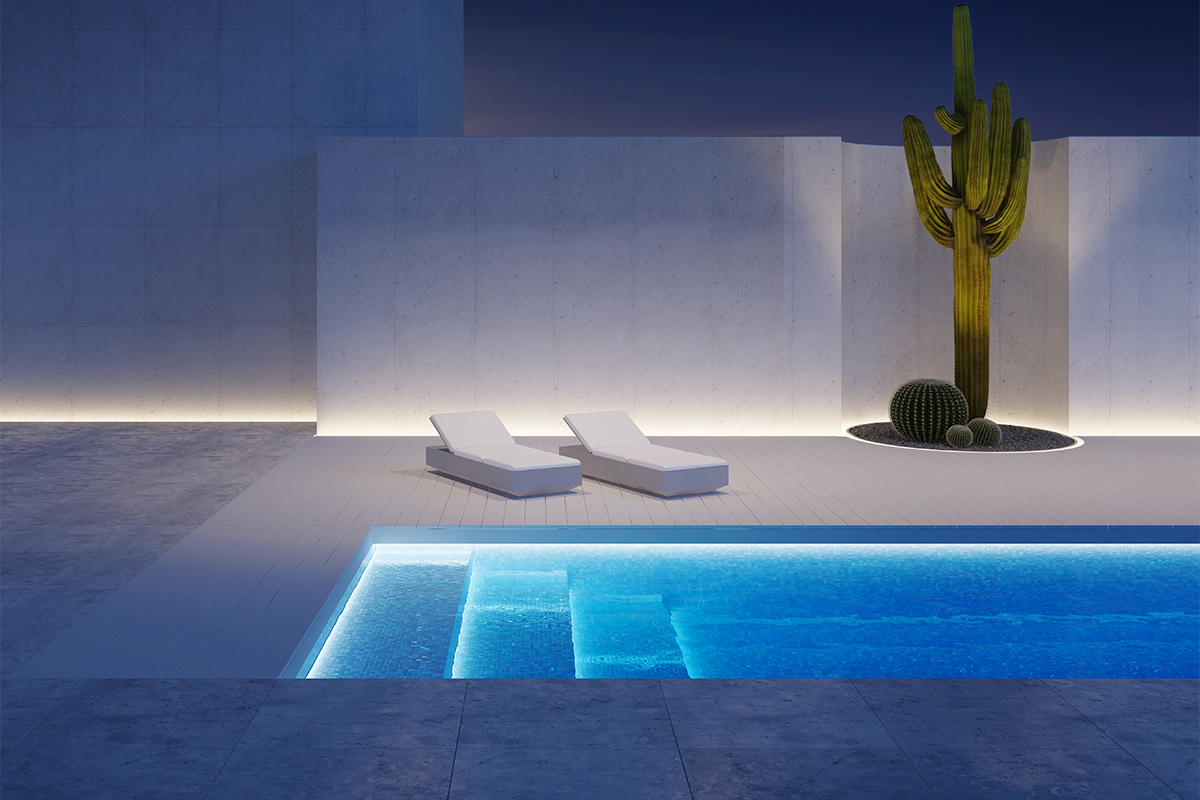
Waterproof LED strips: illuminating your world with durability and style
Waterproof LED strips are designed to be resistant to water, moisture, and environmental elements, making them suitable for installation in outdoor and wet locations prone to splashes, spills, or high humidity. Waterproof LED strips offer a cost-effective solution for various lighting needs. Their energy efficiency, longevity, and versatility contribute to a cost-efficient lighting solution for both residential and commercial applications. These LED strips are used by designers, architects, and homeowners in a variety of settings.A versatile lighting solution
Waterproof LED strip lights are versatile and can be used in a wide range of applications, providing enhanced visibility, safety, and aesthetic appeal.The ability to resist moisture and environmental elements makes waterproof LED strip lights ideal for outdoor applications, including landscape lighting, garden lighting, deck and pathway illumination. Install waterproof LED strips along the edges of decks or patios to create ambient lighting. Line garden pathways with waterproof LED strips to guide the way and add a decorative element. Illuminate outdoor steps or staircases with waterproof LED strips to enhance safety and aesthetics.
In architectural lighting, waterproof LED strips are employed to highlight building facades, contours, and architectural features. Their flexibility allows them to conform to curved surfaces, corners, and irregular shapes, making them suitable for a wide range of installations.
In indoor areas prone to moisture, such as kitchens, bathrooms, or near water features, waterproof LED strip lights offer a practical solution. The waterproof feature adds an extra layer of safety, especially in these areas where electrical components may be exposed to moisture.
Waterproof LED strip lights, especially digital RGB and RGBW types, enable dynamic lighting effects, color changes, and animations. This capability is popular in applications such as decorative lighting, events, and stage setups.
Waterproof LED strip lights with the ability to withstand submersion find applications for underwater lighting in pools, fountains, aquariums, or decorative water features. Water feature lighting with waterproof LED strips can transform the visual appeal of water elements and add a sense of dimension and depth.
Waterproof LED strips find applications in marine environments, such as boat lighting, yacht lighting, and deck illumination, where exposure to water is inevitable. Submerge waterproof LED strips under the waterline to illuminate the water around the boat. Install waterproof LED strips along the deck or hull of the boat to create accent lighting. Integrate waterproof LED strips into the boat's navigation lights for improved visibility.
Waterproof LED strips are commonly used for outdoor signage and displays. They can outline or backlight signs, creating attention-grabbing visuals. The durability of waterproofing ensures longevity in outdoor signage applications.
Waterproof LED strips can be a versatile and stylish choice for vehicle lighting applications, providing enhanced visibility, safety, and aesthetic appeal. This is a popular customization for cars, trucks, and motorcycles, providing a stylish and dynamic appearance.
In industrial settings where exposure to moisture or water is a concern, waterproof LED strips may be used for machine illumination, safety lighting, or other applications.
IP rating
Waterproof LED strips are classified by their IP (Ingress Protection) ratings, which indicate the degree of protection against dust and water. When selecting waterproof LED strips, it's crucial to consider the specific IP rating required for the intended application and the environmental conditions to ensure reliable and durable performance over time. Common IP ratings for waterproof LED strips include IP65 (water-resistant), IP67 (temporary immersion), and IP68 (continuous immersion), where the higher the number, the greater the protection.IP65-rated LED strips are dust-tight and protected against low-pressure water jets from any direction. This makes them suitable for applications where exposure to rain or splashing water is a concern. IP67-rated LED strips are dust-tight and can withstand temporary immersion in water up to 1 meter in depth for up to 30 minutes. They provide a higher level of protection against water ingress. IP68-rated LED strips are dust-tight and can be fully submerged in water beyond 1 meter. They are designed for continuous underwater use.
IP65 LED strips are suitable for architectural, landscape, signage and billboard lighting where protection against dust and low-pressure water is sufficient. IP67 and IP68 LED strips are suitable for areas with high humidity, frequent rain, or where the strips may be subjected to water exposure. These LED strips are often used for marine applications, pool and fountain lighting, where they provide illumination while being protected against water exposure and continuous submersion.
Sealing and encapsulation
To achieve the desired IP ratings, special sealing techniques, such as pouring, coating, dipping, molding or extrusion, are employed to create a tight seal around the bare LED strip. The selection of the waterproofing method should align with the intended use, environmental conditions, production scale, and design considerations for the waterproof LED strips. Pouring, coating, and dipping are often more suitable for smaller-scale or customized projects, while injection molding and extrusion are efficient for larger-scale production. The desired appearance and design of the LED strip may influence the choice of encapsulation method. Extrusion, for example, can create a sleek and uniform appearance, while coating and dipping may result in a more traditional look.The encapsulation material is a crucial component of waterproof LED strips. Many waterproof LED strips use a silicone material to encapsulate the LED components. Silicone provides a protective barrier against moisture and helps achieve a water-resistant seal. Another method involves coating the LED strip with an epoxy resin. Epoxy resin forms a protective layer, preventing the entry of water and providing resistance against environmental elements. Epoxy resin is commonly used for waterproofing and providing a clear, glossy finish. Polyurethane resin is yet another option for coating LED strips. It provides a clear and protective layer that is resistant to moisture.


